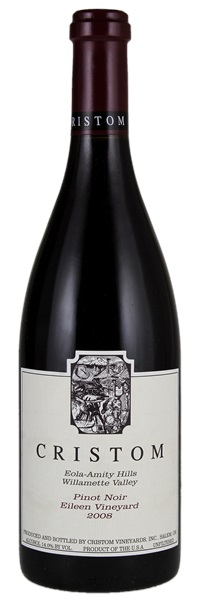Estimate

Dark and spicy, with a pepper and dried apricot edge to the rich black currant and huckleberry flavors, gliding smoothly through a long and expressive finish.
Sexy, highly expressive aromas of red and dark berries, cherry-cola, incense and cinnamon. Fleshy and expansive in the mouth, offering sappy but seamless flavors of raspberry and blackberry. Picks up a smoky note with air...
Sports a super-fragrant perfume of earth notes, mineral, underbrush, spice box, black cherry, and black raspberry that jumps from the glass. Dense and layered on the palate, this plush, smooth-textured Pinot has the structure and balance...